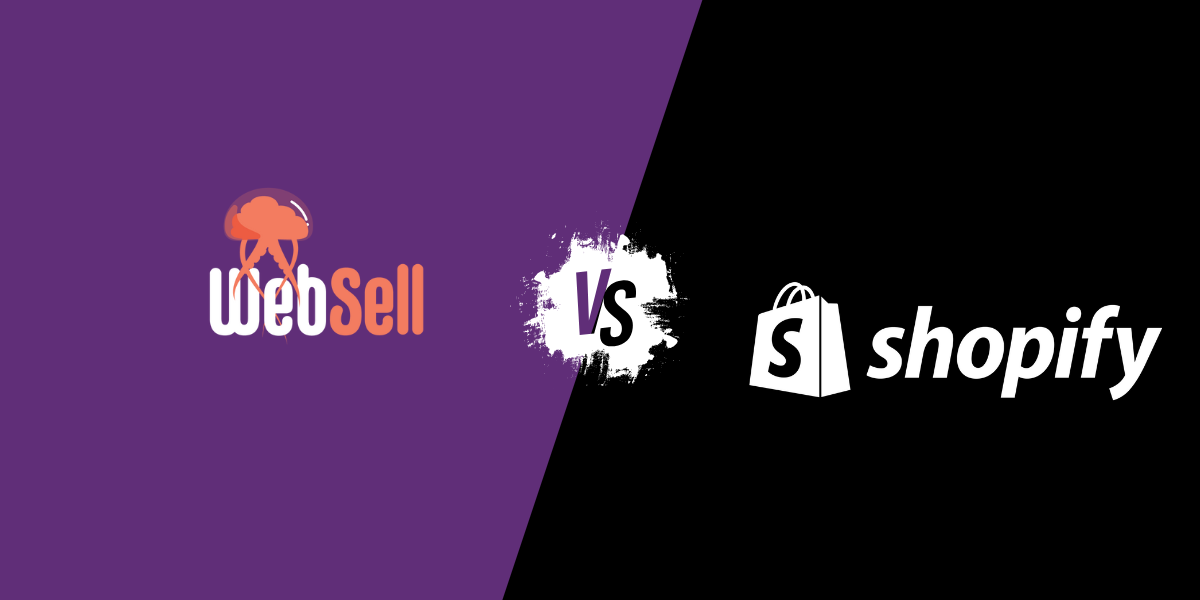The growing world of e-commerce can be a daunting place. New concepts to grasp, new processes to understand, and important decisions to make that will ultimately determine the success of your busines.
WebSell has spent years perfecting its integrated e-commerce implementation service so that we can guide you through every step and ensure you maximize your Return On Investment (ROI).
One of the key insights we’ve taken from the process of getting hundreds of retailers selling online is the advantages of going live early with your webstore.
Before we look at why going live early is so significant, let’s first discuss how you know when you’re ready to go live and some best practices for going live.
Go live best practices
An area that often leads retailers astray is go live readiness. Many businesses simply don’t know when they should launch their site. Readiness varies wildly between customers as no two stores are the same, but there are some core principals that apply for all stores.
We’ve found customers who rush to go live with poor quality product data and insufficient information about the store, and also those who spend months tirelessly perfecting every detail which ends up losing them lots of sales.
Of course, there is a balance to be struck here, and timing is everything!
Here are WebSell’s go live best practices:
1. Go live early
Aim to go live 1-3 months after your staging store activation date. Going live in 1-3 weeks is possible, but isn’t realistic unless you are exceptionally well-prepared and have plenty of spare time. Going live any later than 3 months after activation will have a negative effect on your ROI.
2. Be decisive
Using competitive analysis and other marketing techniques, quickly identify and decide on what matters for your webstore – navigation structure, payment gateway(s), domain selection, tax and shipping, email configuration, and the design. Making these choices sooner enables you to focus on the main body of work.
3. Iterate
Start with a small percentage of your items and populate the web attributes comprehensively. For instance, if your store has 1,000 products, start with 50-100, and perfect the product information, including images, brand, theme, product name, extended description, pricing, and quantity info.
4. Test
Once you’ve gone live with your initial set of items, consider spending a little on a pay-per-click (PPC) advertising. By quickly identifying what’s selling on your webstore, you can start adding similar products to those that are selling well in your next iteration.
5. Build
The single biggest killer of web sales is neglect. As your online revenue grows, continue to build on your initial efforts. Schedule some time every week to work on your store and grow your new web business. Consider adding new products, letting your customers know via email what you’ve got, or posting on social media about your new range of items.
Now that you know the best practices around going live, let’s look at the key advantages of going live early.
Advantages of going live early
Reasons for delays to a webstore going live can range in size and subject, from small to large, from design to data. While we emphasize that customers should have an aesthetically pleasing e-commerce site that’s both fast and content-rich, small issues that don’t impact on functionality or the look and feel, shouldn’t stop your site from going live.
Going live early can reap multiple benefits for your business including:
Return on investment
Getting a return on your investment is what it all boils down to. If your site remains in staging, you’ll still be paying your monthly fees, but you won’t be able to receive web orders.
If you set your store live, you can continue to improve your product data and also accelerate the return on your investment through web orders.
When your e-commerce site is generating revenue, you can use that revenue to fund the next iteration of your website.
SEO (organic traffic)
It takes time for search engines like Google and Bing to index your webstore. Websites are indexed in phases. In the first phase, only top level pages are indexed. In the second phase, department pages are indexed, all the way down to your product pages. These phases can be as much as 4 weeks apart, meaning it can take anywhere from 3-6 months to get your webstore fully indexed.
The sooner you go live, the sooner your indexing starts. When your site is indexed, you’ll be ready to start getting more organic search traffic to your site.
Better rankings
It’s better to go live now with 100 items with high quality data than with 500 items in 3 months’ time. You can continue to add items to your webstore after go live. This plays to your advantage because search engines favor frequently-updated content, which means their spiders will return more frequently and your webstore will rank higher, sooner.
Your webstore isn’t a set-and-forget sales channel. You need to give it some time and attention and make sure it’s putting the best version of your business out there. However, with WebSell’s e-commerce integration approach, a lot of the heavy lifting in terms of data sharing is already done for you.
Wrapping up
Obviously, we’re not suggesting you set your store live right away, but once the store is at a point where it is ready and has:
- enabled payment gateway,
- shipping and tax configured,
- high quality item data,
- and a responsive design,
then why not set it live and starting reaping the rewards! A dollar earned today is worth more than a dollar earned later.
Get the latest e-commerce tips and news
-

Large Language Model Optimization (LLMO) – How to Rank in AI-Driven Search
Large language models (LLMs) are AI systems trained on vast amounts of data to understand and generate human language. Both generative and conversational search are powered by LLMs: LLMs don’t search the web in real time (unless they use retrieval methods). Responses are based on patterns in their training data, which comprises billions of words
-

WebSell vs. Shopify Plus: Which Is Better for B2B E-Commerce?
When it comes to B2B e-commerce, choosing the right platform can make or break your operations. For companies running Microsoft Dynamics 365 Business Central, the biggest question is: Should you use a general-purpose platform like Shopify Plus, or a purpose-built integration like WebSell? Both can power online selling. The real question is: Which one makes
-

5 Tips for Managing E-commerce During Your Busiest Season
For many retailers, sales aren’t spread evenly throughout the year. Seasonal businesses, like Shuswap Ski & Board, Canada’s #1 watersports pro shop, make the majority of their revenue in just a few months. That means their e-commerce store has to perform at peak levels when the pressure is highest. So, how can other retailers handle